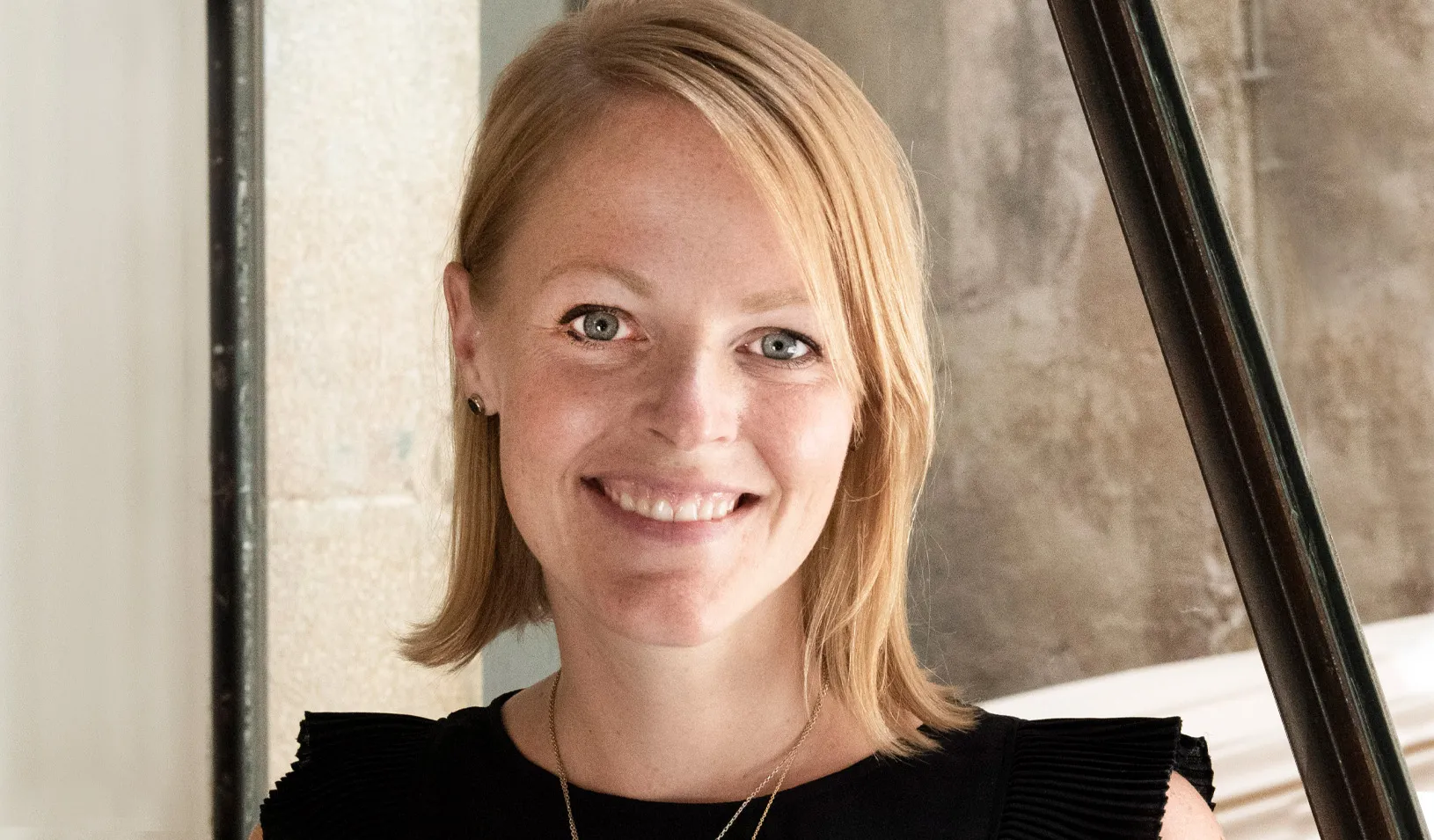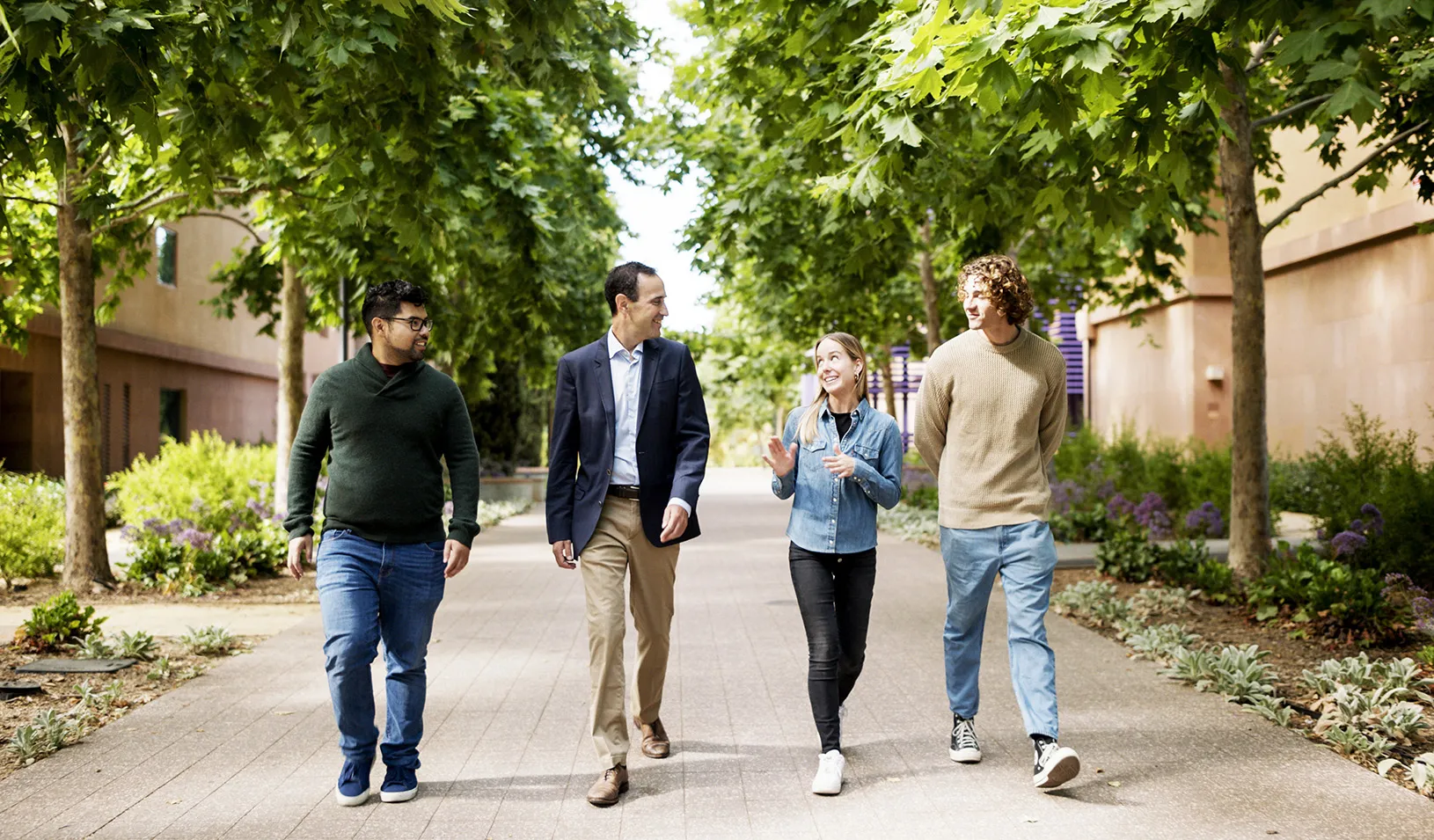Leadership Challenges Face Alums Coping with Japan's Disaster
Alumni based in Japan find unexpected obstacles as entire industries face disruption and an unknown future since the March 11 earthquake and tsunami.
April 01, 2011
Since a devastating earthquake occurred off the northeastern coast of Japan on March 11, the leadership abilities of many Japanese business executives are being tested. Among them are graduates of the Stanford Graduate School of Business. About 650 Stanford GSB alums are members of the Japan alumni chapter.
“Almost each and every one of us is trying our best to overcome this very difficult time,” Akira Yoshida, MBA ‘99, of Tokyo, wrote in a brief email on April 6. He reported that chapter president Kazuhiko Toyama, MBA ‘92, and his business colleagues were busy shuttling buses to areas without other forms of transportation. Daisuke Kan, MBA ‘07, who manages a beverage company called Cheerio, was sending thousands of bottles of sodas to people who did not have anything to drink. Kenji Tateiwa, MBA ‘04, a project manager for Tokyo Electric Power Company who is also trained as a nuclear engineer, is “working very hard to control contaminated nuclear plants,” Yoshida said.
Yoshida also suggested that Stanford Business magazine encourage alums to share information about the challenges they are facing now or about their past disaster leadership experiences elsewhere. “I am sure that it will give the broader Stanford GSB community chances to think of ways to taking part in helping. I, for one, look forward to seeing it online,” he wrote.
Here is the first detailed account provided by Shige Yamaji, MBA ‘93, who lives part time in the San Francisco Bay Area but who was in Tokyo at the time of the earthquake. His startup company works with farming and fishing families in the region hardest hit by the quake, tsunami, and nuclear plant crisis that followed.
“I am truly hoping this earthquake and tsunami will not tie these farming and fishing people’s hands and prevent them from the positive changes that they had already started to make,” he writes.
Earthquake Sickness in Tokyo and Aftershocks for Aging Rural Food Producers
Japanese culture calls for extremely prudent and reserved communication upon a disaster like this. Perhaps more so than other cultures because we have a fairly reserved culture to begin with. Giving full respect to such cultural context, however, I would like to shed some light for others from the GSB on the situation in Japan.
First, my deepest condolences go to those who lost their loved ones, and sympathy to those hurt and/or affected. My family was fortunate enough to be in the Bay Area and not directly affected; and none of my relatives or friends in Japan was lost by the disaster. I recently arrived in the Bay Areafrom Tokyo to join my family for my kids’ spring recess and to work thereafter for about a month with my team in the U.S. subsidiary of the venture I started up in Japan.
When the earthquake hit at 2:45 pm on March 11, I was on the 39th floor of a 42-story, 4-year-old building close to Tokyo Bay in Minato-ku of downtown Tokyo. While I was not injured, the shakeup was so massive, lasting about 10 minutes, I thought the building would collapse. It’s beyond my imagination how frightful the shake may have been for those who went through this in the Eastern Tohoku Region and Ibaraki Prefecture, areas that had the biggest shake.
As I regained my regular thought process after the quake and started to try connecting to my wife in the Bay Area, the second quake hit Japan at 3:15 p.m. This second one (as well as the third one that hit Shizuoka later in the evening) was a different earthquake from the first one, i.e., not an aftershock of the first one. We in Tokyo felt the second one harder than the first, although the magnitude at the seismic center of the first one was larger. This is because the seismic center of the second one was much closer to Tokyo than that of the first one, which centered offshore of Sendai of Northeast Japan.
Our building management had shut down both the elevator and the emergency stairs because it was not safe to be on either of them during numerous aftershocks. It was not until around 6 p.m. that we were allowed to use the stairs. It didn’t take too much time for everyone to make it down to the ground level. I think we were all agreeing that we needed to move before the next potential big one.
At ground level, public transportation had halted. Both landline and mobile phone networks were dead with over-capacity call volume. Virtually no call was successfully connecting until the next day. Mobile service was virtually dead for an additional couple of days.
In Tokyo, most working and non-working people who were not at home when the earthquake hit decided to head home on foot to possibly confirm whether their families were safe. Many working people had to walk 6-7 hours to reach their home, which normally is less than a 1-hour train commute. After dark, taxi stands had long lines of people, perhaps for the first time since the Japanese bubble economy. Bicycle shops were flooded with people searching for a bike to ride home. So were the shoe stores with working women trying to change from high heels to casual shoes to walk a long way home. The situation, however, was by no means chaotic. As seen on CNN, people were orderly forming lines and patiently waiting an amazing amount of time for their turn.
Tokyo is about 150 miles away from Fukushima Power Plant. People in Tokyo seemed calm trying to attend to business as usual, while closely watching the progress of the effort by TEPCO (Tokyo Electric Power Company, which owns the plant) and international aid teams. The press conferences by the government and TEPCO have been abundant but so far lacked the necessary organization and depth to allow us to fairly assess the magnitude of the emerging problem.
The prevalent common health problem in Tokyo has been “Earthquake Sickness,” which is like motion sickness. Symptoms include headache and feeling the earth is shaking when it’s not. Some of my colleagues in the office are getting medication for this. Nearly four weeks after the initial quake, people are still feeling it, perhaps because there are still sizeable aftershocks every day.
Women seem to be more affected than men — three out of three women in our office are suffering from earthquake sickness, while none of the 18 men are. (This could be what Japanese call Bushido, or atendency to endure hardship without mentioning it.) The women in Tokyo with earthquake sickness say they can’t lie back and rest at home when the people in Tohoku have gone through a life-or-death traumatic experience.
My venture, called Flora Holdings, is experiencing some challenges related to the disasters. We have three operation companies, two in Japan and one in the United States, and provide a membership-based social-commerce platform for Japanese senior citizens on both analog and digital ends. Members can buy and sell products, as well as make friends, using our customized tablet PCs or they can meet, sell, and buy through 120 local Fukiya clubs that also host recreational programs for seniors. Fukiya is a blowgun sport involving deep breathing and mental concentration that is gaining popularity among Japan’s senior citizens partly for its health benefits. Japan is the leading aging society, with people over the age of 55 accounting for more than 35% of the population and the highest life expectancy among all countries. The products sold on the platform are mainly food products. Some of our member merchants providing produce for the platform have had their business base wiped out by the tsunami. These include oyster beds near the fishing village of Miyagi Prefecture and a rice farm near the sea in Iwate Prefecture, the two hardest hit prefectures. The great news, however, is that none of our merchants lost their lives.
We are now discussing ways to help these merchants get back to their fishing and farming business, but it has been difficult at best with all civilization lost in the area. In fact, we were able to reconnect with them just recently, more than two weeks after the quake, as there has been no means to contact them with the mobile network in the area dead and the landline service base wiped away. To make the situation worse, the nuclear radiation and contamination damage to agriculture and fisheries cannot be assessed by anyone at this time.
Some people say the Tohoku region or Northeastern Japan accounted for over 60% of agricultural and fishery production of Japan. It is understandable, yet disappointing, that many countries have already decided to ban the import of Japanese produce for health-safety precaution. These are the same countries that, up till a few weeks ago, had been paying twice Japanese domestic market price to get their hands on what had been regarded as the safest and most reliable produce in the world.
The Japanese government is being of no help to the industry either. They announced prematurely that radioactive substances were detected from some produce in the areas hundreds of miles away from Fukushima Nuclear Power Plant. Most green leafy vegetables and some other agricultural products from north of Tokyo are being returned to the growers now because the people in Tokyo are shying away from consuming these vegetables since the government made the announcement.
Another issue these produce suppliers must cope with is related to the labor force. Due to Japan’s hiked wage level, the fishing villages and the farms for the most part have not been able to afford the younger generation to stay in the village to succeed their traditional businesses anymore. It has become customary for these youngsters to go work for companies in Tokyo. Their parents had to seek a young labor force from outside Japan and started to employ trainees from China based on the internship program agreed to by Japanese and Chinese governments.
As a result of the quake, the people in the fishing and farming villages had to not only terminate these trainees but also fly them back to China, as their families back in China reportedly demanded to the Chinese government that their children quickly be moved out of Japan. These trainees were mostly from fishing and farming villages of China. They would have brought back the latest farming- and fishing-related technology and know-how from Japan, should they have completed the 3-to-6-year internship. For the Japanese fishing and farming communities, if they get a second chance, they will have virtually only the seniors in their 60s, 70s, and even 80s to do the hard work.
Many adjustments most certainly lie ahead. Some of you have asked me about how you can help. It is wise to make donations through the Red Cross or similar established international organizations. Any new independent effort to raise donations is honorable yet can be difficult to execute given the limited access to the disaster areas.
Thank you for your support for the cross-border aid being extended to Japan.
By Shige Yamaji, MBA ‘93
For media inquiries, visit the Newsroom.
Explore More
Erin Nixon Joins Stanford GSB as Assistant Dean of Admissions

Nia Rose Froome, MBA ’23: Making Local, Fresh Food Available for All

New Research Fund Promotes Responsible Leadership for the Next Century
